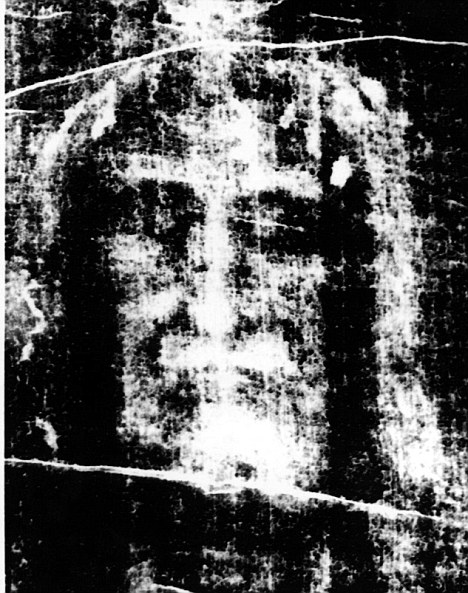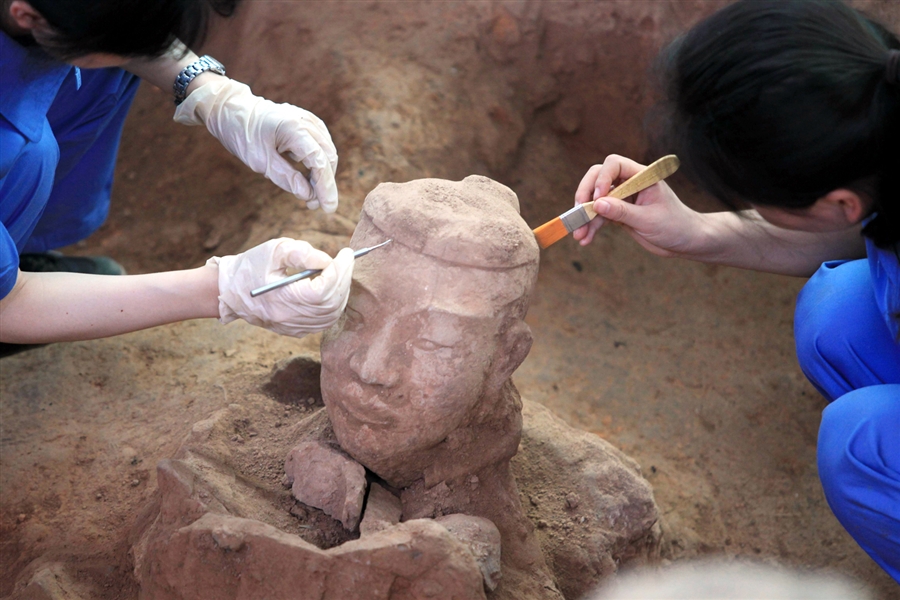Not only is the Turin Shroud probably a medieval fake but it is just one of an astonishing 40 so-called burial cloths of Jesus, according to an eminent church historian.
Antonio Lombatti said the false shrouds circulated in the Middle Ages, but most of them were later destroyed.
He said the Turin Shroud itself - showing an image of a bearded man and venerated for centuries as Christ's burial cloth - appears to have originated in Turkey some 1,300 years after the Crucifixion.

© The Daily Mail, UKThe Turin Shroud was believed to have covered Jesus, but a leading Church historian says it is one of many produced over a thousand years after his death.
Lombatti, of the Università Popolare in Parma, Italy, cited work by a 19th century French historian who had studied surviving medieval documents. 'The Turin Shroud is only one of the many burial cloths which were circulating in the Christian world during the Middle Ages. There were at least 40,' said Lombatti.
'Most of them were destroyed during the French Revolution. Some had images, others had blood-like stains, and others were completely white.'
The Turin Shroud is a linen cloth, about 14ft by 4ft, bearing a front and back view of the image of a bearded, naked man who appears to have been stabbed or tortured. Ever since the detail on the cloth was revealed by negative photography in the late 19th century it has attracted thousands of pilgrims to the Cathedral of St John the Baptist in Turin.



